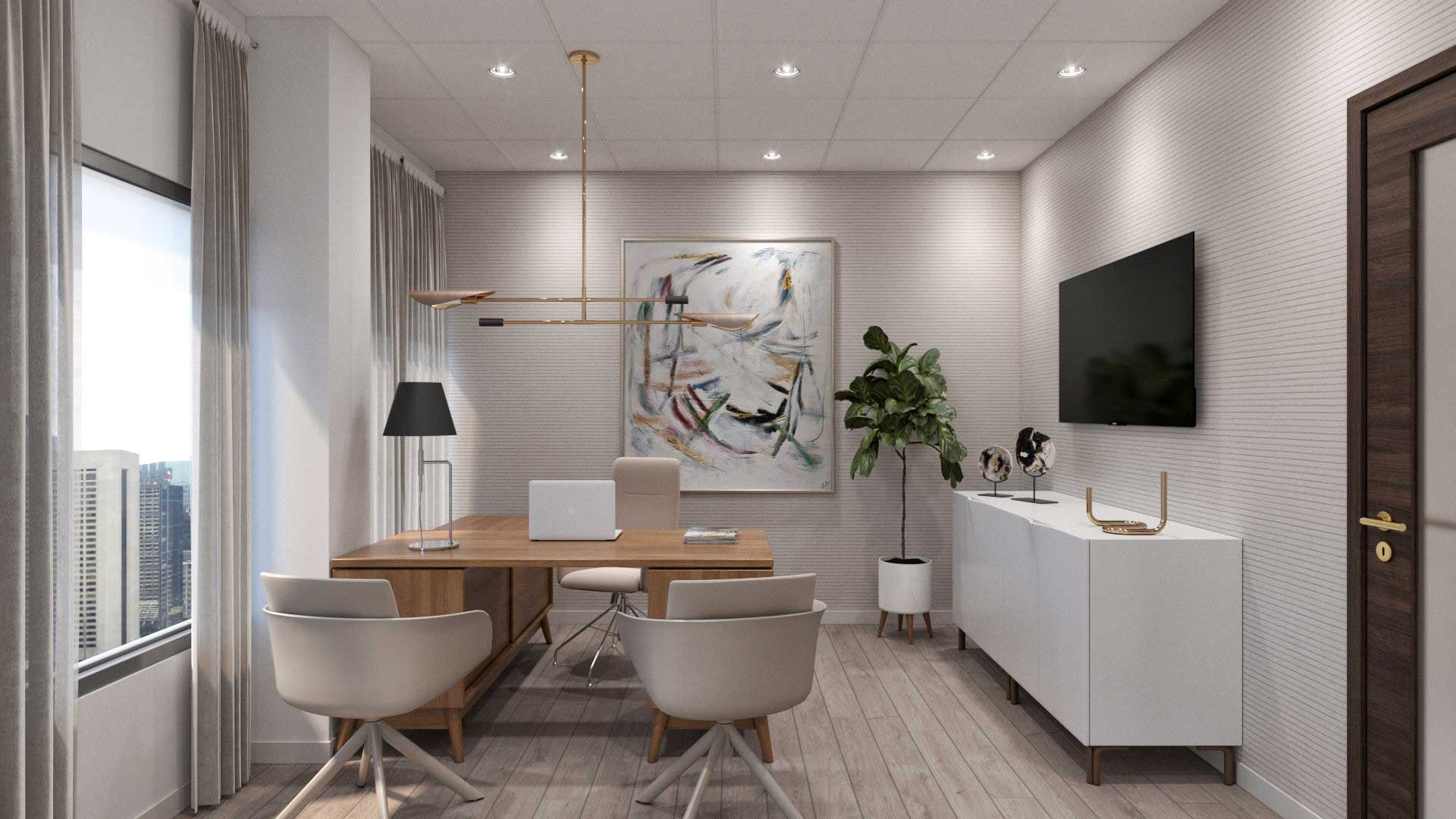Wood is a versatile and timeless material that can add warmth and texture to any interior space. However, too much of a good thing can be overwhelming, and incorporating other materials can help balance out the look and feel of a room. In this article, we will explore the art of mixing and matching wood with other materials in interior design.
The Basics of Wood in Interior Design
Before we dive into mixing and matching, let’s first establish the basics of incorporating wood in interior design. Wood can be used in many ways, including as flooring, furniture, paneling, and even as an accent wall. The type of wood used can also vary, from light and airy birch to dark and rich mahogany. When it comes to wood, less is often more. An all-wood room can feel heavy and dark, so it’s important to incorporate other materials to balance out the look and feel. Additionally, mixing different types of wood can create a cluttered and disjointed appearance, so it’s best to stick to one or two types of wood in a room.
Mixing Wood with Metal
One way to add interest and balance to a room with wood is to mix it with metal. Metal accents can add an industrial or modern touch to a space, depending on the finish and style of the metal. For example, brass or gold metal accents can add warmth and elegance to a room, while black metal accents can create a more dramatic and edgy vibe. When mixing wood and metal, it’s important to find the right balance. Too much metal can make a room feel cold and sterile, while too much wood can make a room feel heavy and outdated. To strike the right balance, consider using metal in small doses, such as with light fixtures, hardware, or accent pieces.
Combining Wood and Stone
Another way to add interest to a room with wood is to mix it with stone. Stone can add a natural and earthy feel to a space, while also providing a cool and smooth texture that can contrast with the warmth and texture of wood. When mixing wood and stone, consider using them in different ways. For example, wood can be used as flooring or furniture, while stone can be used as a backsplash or countertop. This way, each material can stand out in its own way and create a cohesive and interesting look.
Pairing Wood with Textiles
Lastly, textiles can be a great way to mix and match wood with other materials. Textiles can add color, pattern, and texture to a room, while also softening the look and feel of wood. For example, a colorful rug can add a pop of color to a room with dark wood flooring, while throw pillows or blankets can add a cozy and inviting touch to wood furniture. To make the most of textiles in a room with wood, consider using them in layers. Layering textures and patterns can add depth and interest to a room, while also creating a cozy and inviting feel.
Conclusion
Mixing and matching wood with other materials can add interest, balance, and warmth to any interior space. When incorporating wood in interior design, it’s important to find the right balance and mix it with other materials to avoid a heavy or outdated look. By following these tips and experimenting with different combinations, you can create a beautiful and timeless space that incorporates the natural beauty of wood with other complementary materials.





